If you’re planning to use your laptop without a fan, you’re at fault, my friend. The components of a laptop generate heat during intensive use and running a laptop without a fan can wreak havoc on the health of its components in the long run.
A laptop fan is designed to exhaust the heat and draw in cooler external air to maintain a safe temperature within the laptop. However, in some cases, there is a possibility of using the laptop without a fan.
So let’s dive in and find out all there is to know about the cooling system of a laptop and see if you can use a laptop without a fan.
- Why is a Fan Important for a Laptop?
- Can Use A Laptop Without Its Fan?
- 4 Ways to Fix your Laptop Fan Not Working
- Is it Safe to Use a Laptop Without A Fan?
- How Long Can a Laptop Run Without a Fan?
- How Can I Check To See if My Laptop Fans Are Working?
- How Can I Keep My Laptop Cool Without a Fan?
- Do Laptops Overheat Without a Fan?
- Why Are Laptop Fans On The Bottom?
- FAQS:
- Conclusion
Why is a Fan Important for a Laptop?
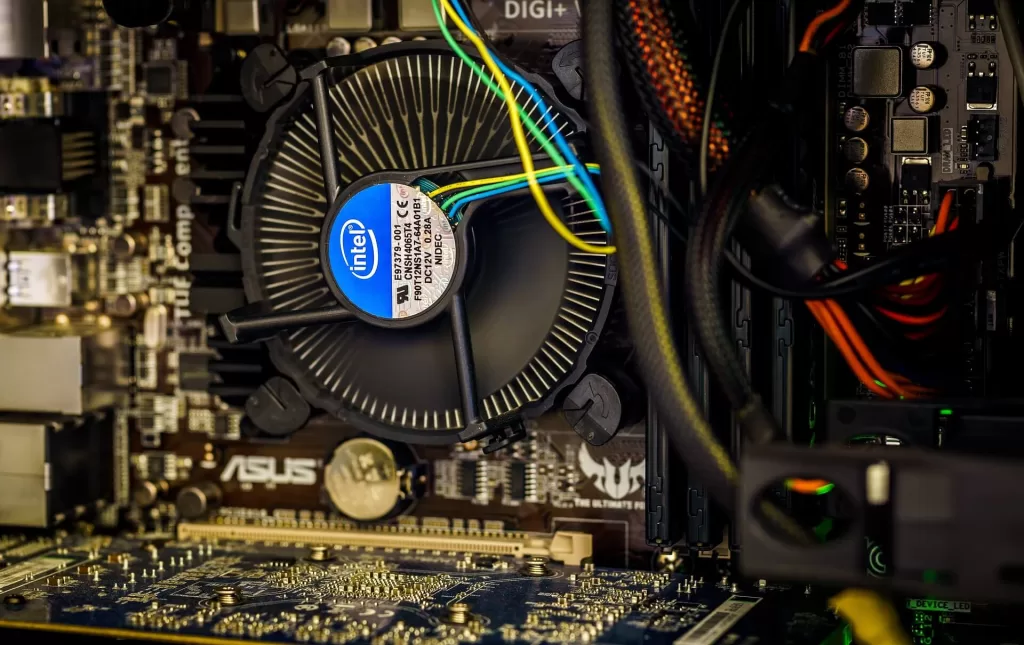
The internal components of a laptop produce heat while they function. Without adequate ventilation, the heat stays trapped inside and causes a rise in the internal temperature of the laptop, which in turn damages the hardware and may even cause melting of the laptop components.
For this very reason, most laptops come with a built-in fan that improves ventilation as it expels the heat produced by the laptop into the surroundings and draws in cooler air instead. This allows the laptop to maintain a safe temperature and promotes optimal performance.
Can Use A Laptop Without Its Fan?
Most laptops require a fan to function appropriately, except if
- The laptop is either built on a fanless design or,
- It doesn’t need a lot of power to function.
However, in most cases, the laptop comes with at least one fan and you should know the manufacturer added it for a good reason. Therefore, using a laptop without its fan is not the best of ideas.
As we mentioned earlier, the internal components of a laptop produce heat as they function. If the heat remains trapped inside the laptop, it affects the performance of the laptop i.e. slow processing, frequent crashes, freezing, etc.
Overheating eventually leads to permanent damage to the motherboard or battery of the laptop and significantly reduces the lifespan of the machine.
Laptop fans reduce overheating
To counter overheating, power intensive laptops, such as those designed for gaming or other heavy duty applications are manufactured with an internal cooling system that comprises vents and fans to regulate the internal temperature of the laptop.
Laptop fans pull in cool air from the surroundings and expel the heat through the vents, which are usually placed on the bottom and sides of the laptop. A fan also aids the heat sink (which is a passive cooling system) of the laptop by maximizing the air circulation within the laptop.
Fanless laptops
In some cases, however, laptops are based on a fanless design (e.g. Macbook M1). Fanless laptops are relatively thinner than usual laptops and do not house a cooling system. Instead they use a different design i.e. the entire chassis of the laptop is made of aluminum and functions as a heat sink, promoting effective circulation continuously, without the aid of a fan.
But it is also true that most fanless laptops are underpowered (hence stay cool without a cooling system), and cannot deal with heavy-duty gaming or power-intensive applications. In short, you can use a laptop without a fan if and only, it is based on a fanless design and you do not plan to use it for power-hungry functions.
4 Ways to Fix your Laptop Fan Not Working
If your laptop fan is malfunctioning, it can be due to many reasons. Some of the common causes and fixes for a laptop fan not working are mentioned below.
If your laptop fan is not working, it might be due to:
- Dust build-up
- Clogged vents
- Worn out fans or loose connections
- Issues with fan controls
Following are some ways to fix a laptop fan:
1- Clean the Dust Build-up
The most common cause of a malfunctioning laptop fan is the accumulation of dust or dirt on the fan. The build-up of dust on the fan can make it spin slower or stop functioning at all. Therefore, you should regularly clean the fan and the vents of your laptop.
Here’s how you can do it:
- Switch off your laptop.
- Open the laptop case at the bottom.
- Clean the fan and heatsink of the laptop by using a microfiber cloth or compressed air available in the market.
- Clean the vents by using a handheld vacuum.
- Once you’ve cleaned the fans and vents, put the laptop housing back together.
See the Full tutorial below on How to Clean a Laptop Cooling Fan.
Note:
If you’re inexperienced with laptops, avoid accessing its internal machinery on your own. Before you disassemble your laptop, try to clean the vents and fan by directing the compressed air into the laptop via the vents.
2- Check the Connections
At times, the culprit behind a laptop fan not working is broken or loose connections between the fan and the motherboard of the laptop. The wires connecting the fans to the power source within the laptop may become faulty over time or become loose due to a fall/impact on the laptop.
You can check a faulty wire/loose connection by following the simple steps below:
- Power off your laptop and remove its housing to expose the internal components.
- Next, remove the battery from the laptop. To avoid any mishap, drain the rest of the charge in the laptop by holding the power button for a few seconds.
- Now check the wires of the fan and its header connections with the motherboard.
- Fix any loose/damaged wire or header you find.
- Lastly, assemble the laptop back together.
Note:
We recommend you to get your laptop checked by an experienced professional if you don’t have sufficient knowledge and skills related to laptop hardware.
3- Update the Fan Controls
Most laptops with a cooling system come with a fan control software that allows you to change the speed and temperature of the fan at which it starts functioning.
To check and update the fan controls:
- Launch the fan control software on your laptop.
- Adjust the fan speed or change/lower the temperature at which the fan is supposed to start functioning.
Or,
- Restore the fan controls back to factory settings.
- Update the fan control software.
If the fan control software is absent in your laptop, don’t worry. Find a compatible fan control application for your laptop and adjust the controls as per your requirements.
4- Replace the Fans
In case the fans of your laptop are old and worn out/broken, there is nothing you can do besides replacing them. If you find the fan of your laptop damaged or broken, purchase new ones and connect them to the motherboard of the laptop. Again, we advise you to reach out to a professional if you’re inexperienced.
Is it Safe to Use a Laptop Without A Fan?
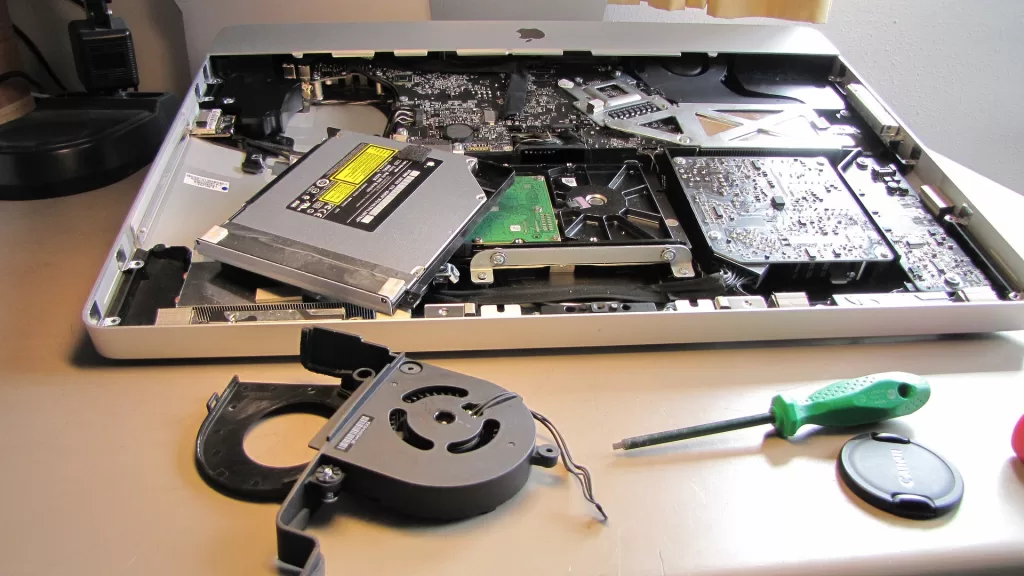
It is safe to use a laptop without a fan only if it was designed to function without a fan. It is not safe to use a laptop that requires a fan to maintain its temperature. Using a laptop with a broken or malfunctioning fan will cause frequent overheating issues in your device. Overheating will damage other components in the laptop including the battery and motherboard, etc. Consequently, it will put your laptop on the road to death.
How Long Can a Laptop Run Without a Fan?
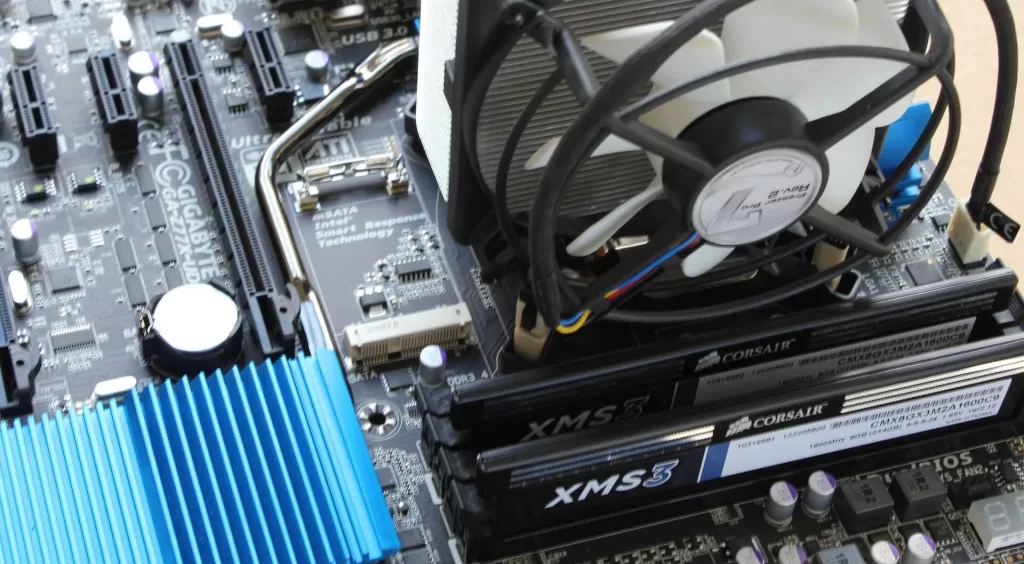
Once again It is not recommended to run a laptop without a fan. However, you can use it for small stretches of time if required. Running a laptop without a fan creates excessive heat build-up and stresses its internal components. As a result of the undue stress, the laptop will crash and shut down eventually. A laptop without a fan will not run longer than 2 to 3 hours at max.
How Can I Check To See if My Laptop Fans Are Working?
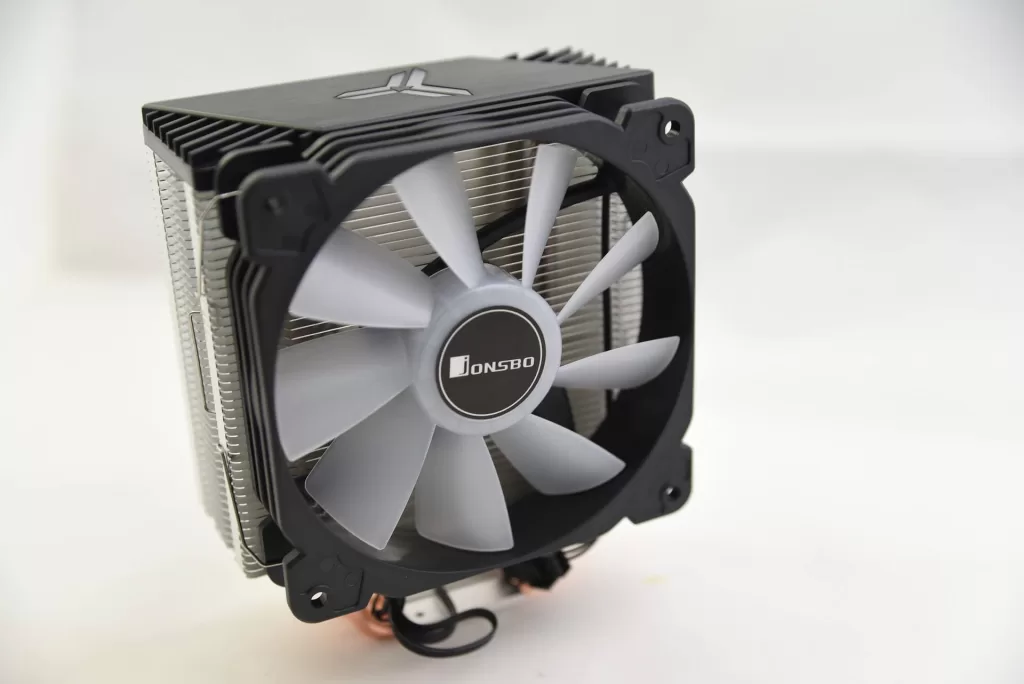
Laptop fans do not need to work continuously. They only start functioning when the internal temperature of the laptop rises above the safe limit. Your laptop fan may not be working due to a reason as simple as that.
However, in case you want to check if your laptop fans are working or not, here are 3 ways to see if laptop fans are working:
1- Listen to The Noise of Fans
The easiest way to check your laptop fans is to listen to the noise produced by them. But since laptop fans are generally not loud and noticeable (except for gaming laptops), you’ll have to put the laptop close to your ear. Try to listen to the sound of the fans spinning from the bottom or sides of your laptop.
2- Use a Fan Testing Software
A fan testing software will help you determine the details of the cooling system of your laptop. These softwares put stress on the processor in order to get the fans going and then test their speed. In case your laptop’s fan is not working, the software will show results accordingly.
3- Feel the Air from the Vents
Yet another method to test the function of your laptop’s fan is to feel the air coming out of the vents. If the fan is working, you’ll be able to feel the slight, warm air coming out of the vents. If not, then the fans are probably not working.
Note:
Laptop fans do not work at all times. The best time to check their functionality is while running a demanding game/application on your laptop, because that’s when it produces the most heat.
How Can I Keep My Laptop Cool Without a Fan?
You can keep your laptop cool without a fan by using it in a cool environment and putting it on a surface that doesn’t block ventilation. Also, give the laptop frequent breaks while you work to give the machinery some time to rest.
Other than that, you can also use laptop cooling pads. Most users wonder are cooling pads bad for laptops but tell you the truth, they’re actually a helpful aid to keep the laptop temperature down.
Do Laptops Overheat Without a Fan?
Yes, laptops running without a fan eventually overheat because the components of the laptop produce plenty of heat while functioning. Without proper ventilation, the laptop will experience overheating issues.
Why Are Laptop Fans On The Bottom?
Laptop fans are on the bottom of the laptop because most laptops have air intake vents on the bottom and exhaust vents on the side or back of the laptop. It is easier for the fans to draw in cool air from the bottom vents and push it out hot air from the exhaust vents on the sides of the laptop.
For More Details
Check our detailed article on Why Are Laptop Fans on the Bottom.
FAQS:
1- Will My Laptop Die If I Use It Without A Fan?
Using a laptop without a fan for an extended period can cause permanent damage to its hardware components. Excessive heat can damage the battery or motherboard of the laptop permanently, which will ultimately kill your laptop.
2- Do Laptops Get Damaged if Used Without A Fan?
Yes, laptops without an effective cooling system are at a greater risk of damage because excessive heat can cause hardware failure and damage the internal components of the laptop permanently.
3- Do Fanless Laptops Overheat?
Fanless laptops are usually built on a different design i.e. they’re manufactured with aluminum chassis instead of plastic, which functions as a large heat sink for the laptop to expel heat. However, since fanless laptops use a passive cooling system, they might overheat during intensive use.
4- Why Does Your Laptop Feel Too Hot?
A laptop may feel too hot if it does not have an adequate cooling system or malfunctioning fans. When the excessive heat remains trapped inside the machinery, your laptop feels too hot.
5- How do Fanless Laptops Cool Down Laptop?
Fanless laptops utilize a passive cooling system, where the whole chassis of the laptop serves as a heat sink to dissipate excess heat out of the laptop. Some higher end models use liquid cooling systems that use fluid to transport heat and keep the laptop cool.
Conclusion
In conclusion, it is not recommended to use a laptop without a fan except if it’s a fanless design. If the fan of your laptop is broken or not working properly, it is best to get it repaired because the lack of adequate ventilation negatively impacts the performance of the laptop and may even cause permanent damage to its components in the long run.

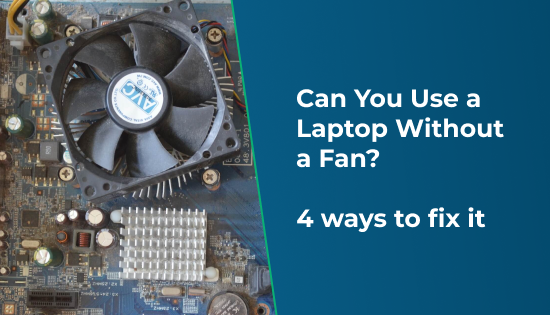
Write a Reply or Comment